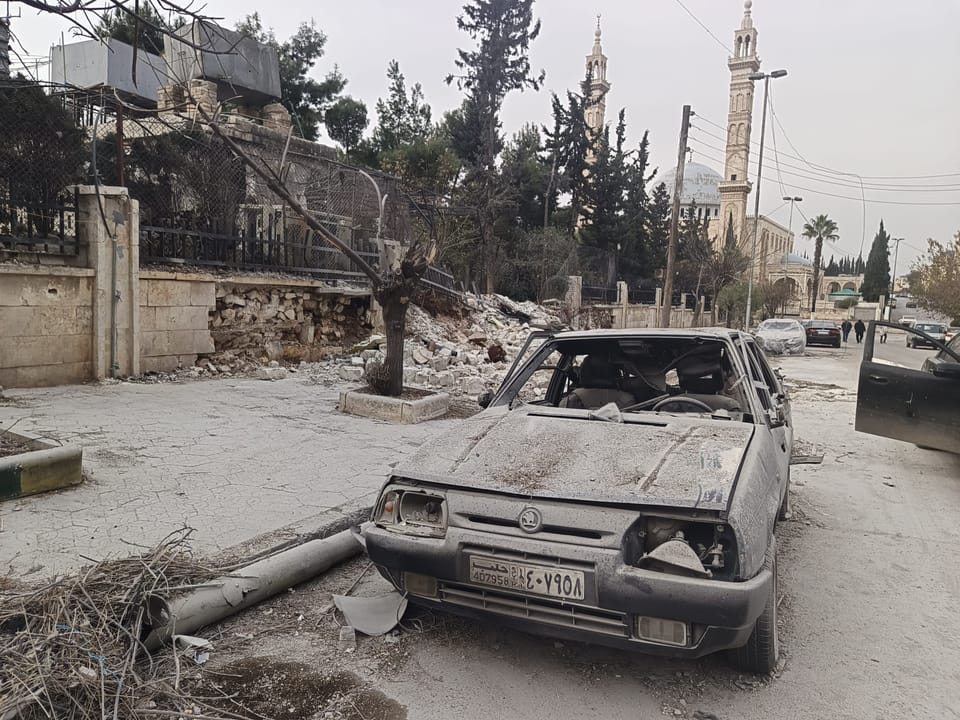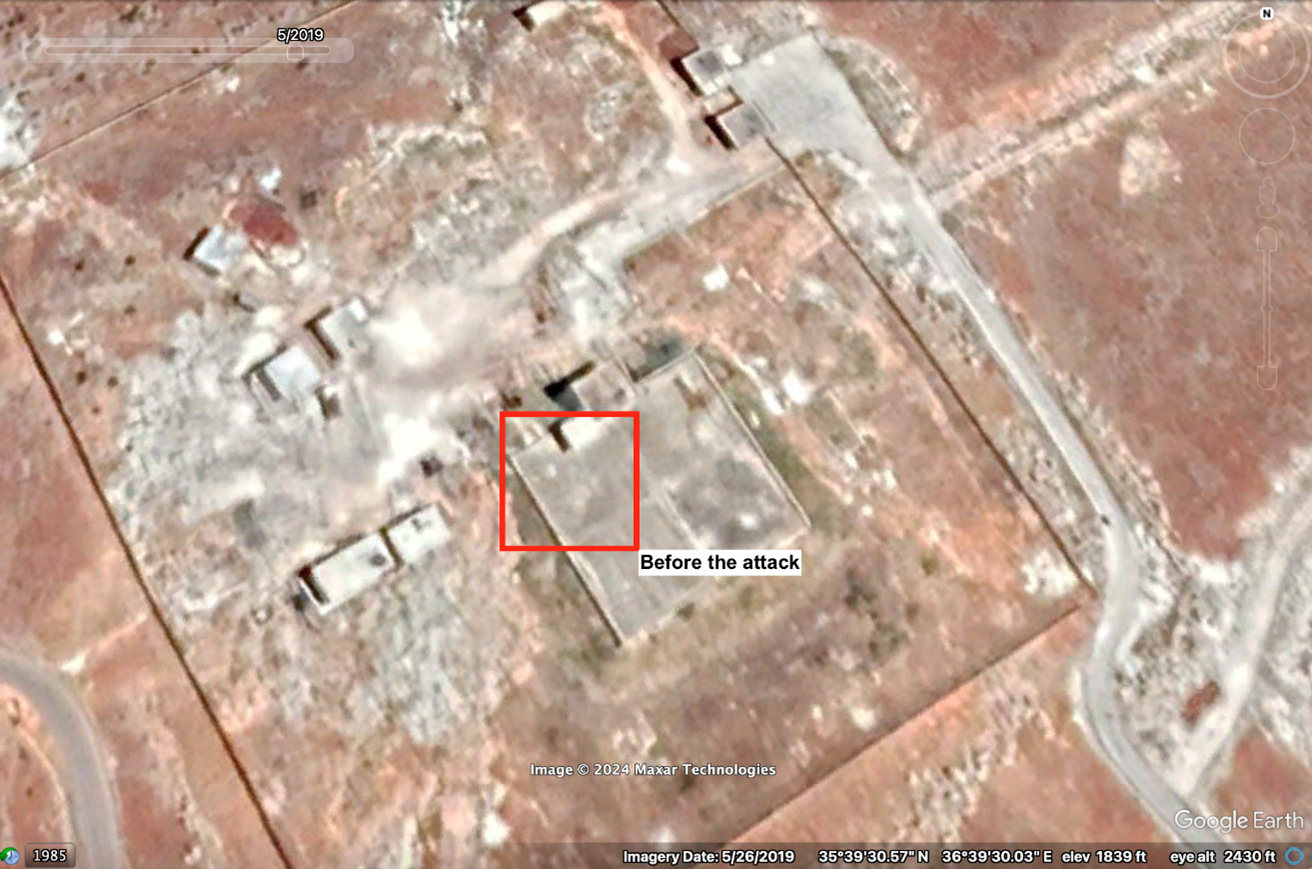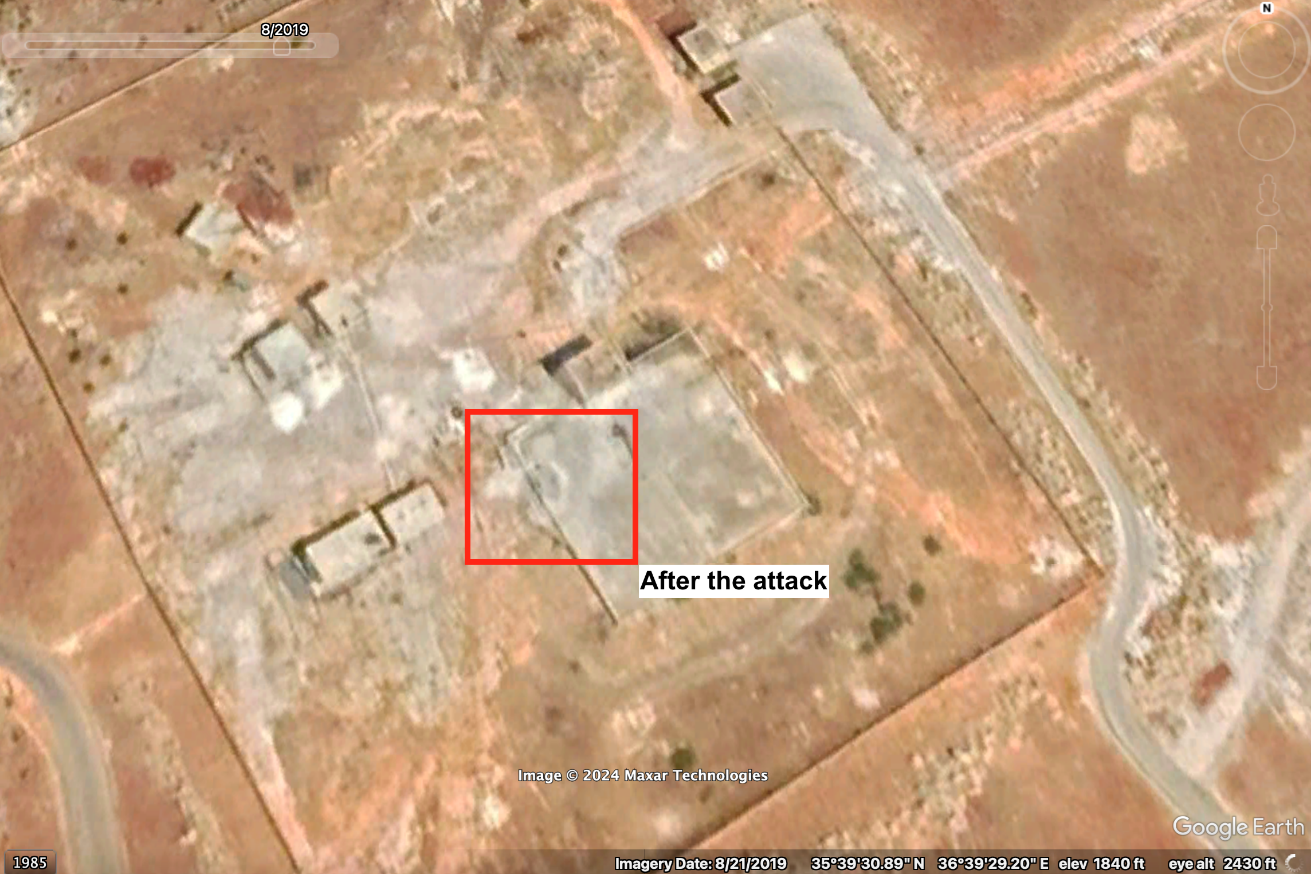
Conditions for safe and dignified voluntary return currently absent in Syria
Since the fall of the Assad government, EU member states have become increasingly vocal about the possibility of designating Syria as a safe country for the voluntary return of refugees and asylum seekers. Some states have already started making policy shifts, such as Greece and Cyprus, the two EU Member States most hostile to Syrian asylum seekers. Both have ended the blanket protection policy that had been in place since the outbreak of the civil war in 2011, rejecting claims particularly from single men originating in regions of Syria deemed safe. The resumption of processing claims, and their subsequent rejection, suggests the beginning of a new, more restrictive era for Syrian asylum seekers in Europe. Moreover, several EU member states have offered lump-sum payments—ranging from €1,700 per family in Germany to €900 per individual in the Netherlands—to incentivize Syrians to return and abandon their asylum claims. These measures reflect a profound misunderstanding of the realities on the ground and the reasons that many Syrians cannot safely return at this time.
For now, returns to Syria would not be safe or dignified. Alongside continued concerns of serious rights violations, Syria’s devastated infrastructure cannot support an influx of returnees, which could further the country’s humanitarian crisis. This article provides an overview of the EU position towards returns to Syria before discussing the inadequate infrastructure and ongoing HLP violations in Syria.
EU Positions Affirm Syria is not Safe for Return
In its official conclusions, the Council of the EU has aligned with the UNHCR’s assessment that “conditions in Syria currently do not allow for large-scale voluntary repatriations, given the humanitarian, economic and security situation.”
The Council’s stance is further reinforced by the European Union Agency for Asylum (EUAA)’s report on Country of Origin Information on Syria, which highlights persistent barriers to sustainable returns, including worsening economic conditions, widespread unemployment, limited access to basic services, and extensive infrastructure damage.
There is a clear disconnect between the policies pursued by individual member states at the national level and the position articulated collectively within the EU institutions.
The EU’s standards for voluntary return are rooted in international frameworks such as the UN’s Guiding Principles on Internal Displacement and the UNHCR’s repatriation guidelines, which stress that returns must occur in conditions of safety and dignity. This includes ensuring physical safety (protection from violence, freedom of movement), legal safety (equal rights and non-discrimination), and material safety (access to basic services and sustainable reintegration). The EU’s 2021 Strategy further emphasizes reintegration support and access to core socio-economic rights as essential for a dignified return.
Current conditions in Syria do not meet these minimum requirements, due to extensive infrastructural destruction, including of existing housing capacity and extensive violations of housing, land and property (HLP) rights.
HLP violations, destruction of property, Infrastructure and economic capacity
Since 2011, over 6 million Syrians have fled the country, not including the millions more internally displaced by the conflict. A brief overview of the current situation on the ground makes it clear why mass returns have not occurred. Syrians would be returning not only to a country that remains politically unstable and marred by ongoing violence and arbitrary human rights abuses, but also to a nation physically devastated—one where basic infrastructure is in ruins and the conditions required to sustain human life are largely absent.
According to a 2021 World Bank study on infrastructural damage across 14 Syrian cities—including Aleppo, Palmyra, and Ar-Raqqa—the total damage to the housing sector was estimated at between $2.3 and 2.8 billion. The conflict is believed to have impacted up to 210,000 housing units, with approximately 30,000 completely destroyed and up to 180,000 partially damaged. In Aleppo alone, an estimated 135,000 housing units were lost—around 21 percent of the city’s housing stock. For many refugees, returning to Syria would mean returning to homelessness. The combination of a large influx of returnees and a severe shortage of habitable housing would likely result in overcrowding, soaring living costs, and disputes over property—further straining already fragile social cohesion.
Similar levels of destruction have been recorded across other sectors. According to the 2021 World Bank assessment of 14 Syrian cities, approximately 1.15 million people—about 23 percent of the population studied—could not access a healthcare facility within 20 minutes, while around 550,000 people (11 percent) were unable to reach one within 30 minutes. In the education sector, over 900,000 people (18 percent) had to travel more than 10 minutes by car to reach an educational facility, which exceeds the typical accessibility threshold. Additionally, more than 100,000 people (2 percent) had no access to any educational facility in their immediate neighborhood.
The electricity sector also suffered extensive damage, with losses estimated between $804.2 million and $1.62 billion across the assessed cities. Aleppo and Idlib were among the hardest hit, with 28 percent and 60 percent of their electricity infrastructure damaged, respectively. As a result, electricity distribution is severely disrupted, with frequent and prolonged outages now common in many urban areas. In most areas of Syria, people only have access to 3 to 4 hours of power a day.
The water supply and sanitation infrastructure also endured significant damage, with total costs estimated between $124.9 million and $379.7 million across the 14 cities. About 17 percent of water sector assets—primarily wells, water towers, and storage tanks—were damaged, particularly in Aleppo and Idlib. Over 14 million Syrians have limited access to clean water, with over a million having no access to either water, sanitation or hygiene. These conditions represent a major challenge to recovery efforts and basic service delivery in the most severely affected areas.


Damaged water pumping station in Maarat Al-Numan, Idlib
Another major threat to the safe return of refugees lies in the widespread presence of unexploded ordnances and remnants of war scattered across Syrian territory. According to the latest estimates, 15.4 million Syrians—roughly two-thirds of the population—remain at risk of death or injury from explosive devices. Between 100,000 and 300,000 explosive items are believed to contaminate critical infrastructure, including roads, bridges, hospitals, schools, and residential areas, as well as agricultural land, irrigation systems, and aquifers. According to handicap International, “8 in 10 agricultural fields in Syria are contaminated with explosive ordinance, directly impacting livelihoods in a country where much of the population depends on agriculture for survival”. Since December 2024, at least 748 Syrians have died after coming into contact with abandoned explosive ordnance—with children making up a disproportionately high share of the casualties.
Syria currently does not meet the European Union's standards for a safe and dignified return for the majority of its citizens living abroad. Payments made to individual Syrians will not offset the situation on the ground, as the conflict has destroyed or damaged vital, community-wide infrastructure that cannot be replaced or purchased by individual returnees. If the EU and member states would like to see safe refugee return, extensive investment in rebuilding the country’s infrastructure is the first step.
Policy Recommendations
The EU and its Member States should:
- Refrain from promoting or facilitating mass voluntary returns of Syrians, including returns to so-called “safe areas,” which remain unstable and lack adequate guarantees of safety and dignity;
- Establish policies that allow Syrians to visit Syria without risking the loss of their refugee status, enabling them to assess conditions for return firsthand and begin re-establishing support networks and local ties;
- Encourage the formation of a formal HLP mechanism within Syria for solving property disputes.
- Engage with the Syrian government, civil society and international organizations to support reconstruction efforts, demining operations, accountability mechanisms, and broader transitional justice efforts, which are essential to creating conditions conducive to safe, voluntary, and dignified returns.
___________________________
For more information or to provide feedback, please contact SJAC at [email protected] and follow us on Facebook and Twitter. Subscribe to SJAC’s newsletter for updates on our work